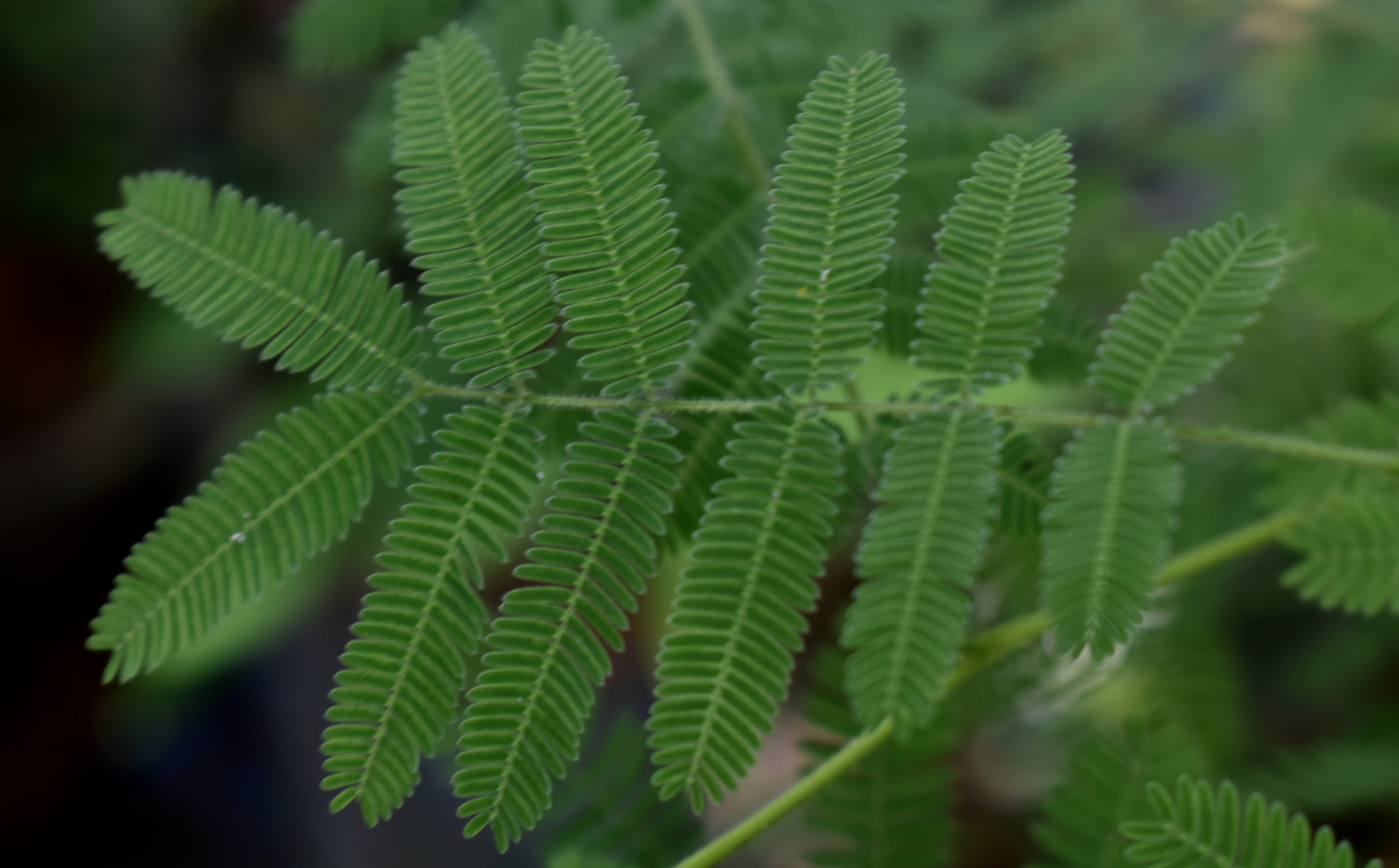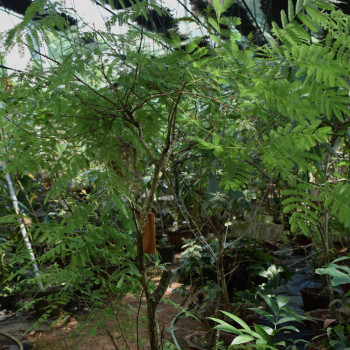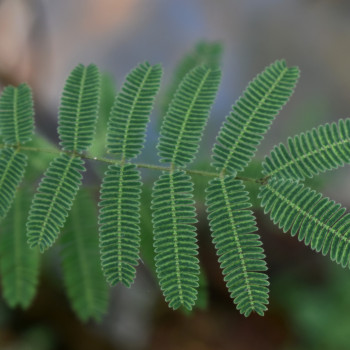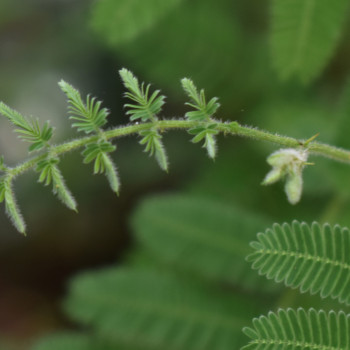Divi-Divi

Scientific Name :
Caesalpinia coriaria (Jacq.) Willd.
Synonym(s) :
Caesalpinia thomaea Spreng.
Local/Common name(s) :
Divi-Divi
Family :
Fabaceae
Habit :
Tree
Flowering/Fruiting Time :
September-March
Habitat :
Planted as avenue tree
Endemic :
No
Status (IUCN) :
Distribution :
Native of the West Indies and Central America; now widely introduced in the Asian countries
Nativity :
Exotic
Uses :
Description (Morphology) :
Trees, to 15 m high; branchlets warty. Leaves bipinnate, alternate; stipules minute; rachis 5.5-9.5 cm, slender, pulvinate, pubescent; pinnae 8-16 pairs, subopposite, 3-6 cm long, slender, pubescent; leaflets 24-44, sessile, opposite or subopposite; lamina 0.8-1 x 0.2-0.4 cm, oblong, base oblique, cordate, apex obtuse or emarginate, margin entire, glabrous, punctate, membranous; lateral nerves obscure. Flowers bisexual, creamy, 8 mm across, in axillary and terminal panicles to 6 cm long; pedicel to 1.5 mm; calyx tube campanulate, short; petals 5, ovate-orbicular, clawed subequal; stamens 10, declinate; filaments subequal, 3.5-4 mm, basally villous; ovary half inferior, stipitate, 3 mm long, glabrous; style suberect, to 4 mm long; stigma capitate. Fruit a pod, 3 x 2 cm; twisted; seeds 6 x 4.5 mm, oblong, flattened.





